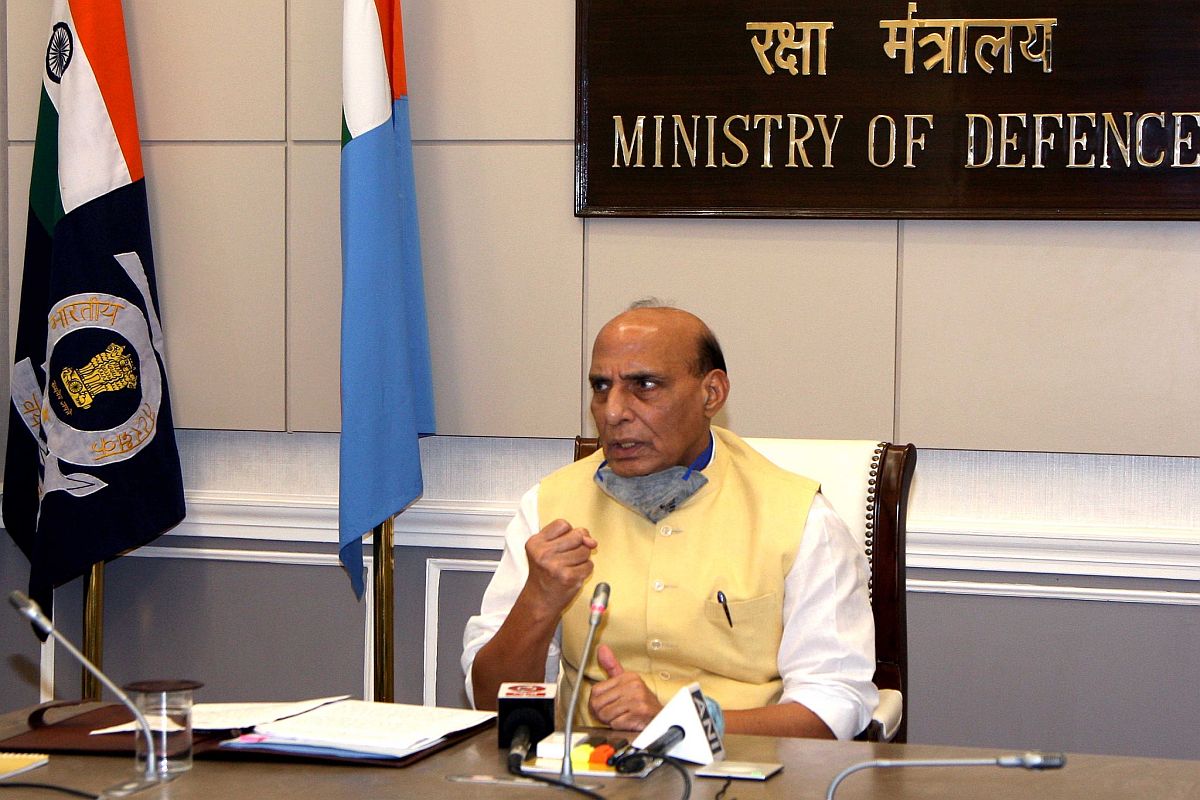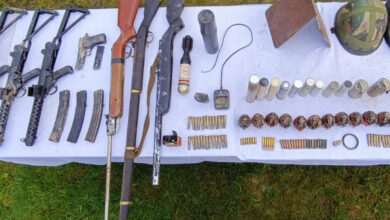India Unveils ‘Positive Indigenisation List’ To Boost Domestic Defence Manufacturing

- The defense ministry said the card has been designed and tried on several Indian Naval ships and is now ready to be used across the whole Navy.
- The card is a good step toward the prime minister's dream of a digital India with cashless transactions," the statement said.
On Wednesday, India released a new list of 98 pieces of military hardware, such as complicated systems, sensors, weapons, and ammunition, that can only be bought from Indian companies after a ban on their imports starts at different times. At the “Swavlamban 2.0” lecture put on by the Indian Navy, Defense Minister Rajnath Singh talked about the fifth positive indigenization list.
Fancy infantry combat vehicles, remotely piloted airborne vehicles (with a payload capacity of 2 kg and a range of up to 25 km for the Army), shipborne unmanned aerial systems, medium upgrade low endurance class tactical drones, next generation low-level light radars for the Army, and electro optic fire control systems for naval platforms are some of the most important things on the list.
The list also included armor plates for the cabin nose part of the Mi-17 helicopter, heavy-duty aviation ground gear for the Air Force, gravity rollers for the Mi-17 V5 helicopter, and flares for the P-8I and MiG 29-K aircraft.
The first four “positive indigenization lists,” which together had 411 military things, are being followed up by the fifth one.
The defense ministry also said that the Department of Defence Production sent four positive indigenization lists with a total of 4,666 items. These lists include line replacement units, subsystems, parts, and components for Defence Public Sector Undertakings (DPSUs).
At the lecture, 75 technologies were shown that could be used in different types of military hardware, such as underwater swarm drones, autonomous weaponized boat swarms, and fire fighting systems.
The Indian Navy promised to work on these 75 technologies last year in front of Prime Minister Narendra Modi.
Singh also set 76 tasks for the industry at the seminar. These were part of the 10th Defence India Start-up tasks (DISC 10) and the DISC 10 PRIME of Innovations for Defence Excellence (iDEX).
The defense minister also put out the latest version of the Indian Navy’s “Indigenization Roadmap—Swavlamban 2.0.”
Singh also started two “INDUS-X challenges” under the “INDUS-X Mutual Promotion of Advanced Collaborative Technologies” (IMPACT) tasks. These challenges were made by iDEX and the US Department of Defense (DoD).
The India-US Defence Acceleration Ecosystem (INDUS X) event was recently held in Washington, D.C. by iDEX and the Department of Defense (DoD). The goal was to strengthen the strategic technology partnership and defense industrial cooperation between the two countries’ start-up ecosystems, businesses, and academic institutions.
It only took three months for iDEX and the DoD to finish two “INDUS X” tasks together.
Putting out the fifth good indigenization list from the Department of Military Affairs (DMA) was the most important part of the seminar.
“On the list are very complicated tools, sensors, weapons, and ammunition. “All of these things will be bought from local suppliers in a way that follows the guidelines in the Defense Acquisition Procedure (DAP) 2020,” the defense ministry said in a statement.
Singh said in his speech that India has always been independent in terms of knowledge and new ideas. He also said that when the Modi government took office in 2014, it brought back the feeling of being “Aatmanirbhar” (independent) in every area.
“Because of invasions from other countries, we had forgotten how to be creative.” “Local” became a word that meant “low quality.” We’re now getting rid of that way of thinking, he said.
“Our prime minister started the “Vocal for Local” campaign and made people respect local goods again.” “Our young people are now realizing their inner strength and getting rid of their doubts,” he said.
He said, “In the coming years, their new ideas and knowledge will play a big part in the development of the country.”
The defense minister also wanted a careful look at the technology problems, like whether they are the most up-to-date ones right now and whether better technology is on the way soon.
As he put it, “we’re just re-inventing the wheel” if a technology isn’t already out there!
He also said that it is important to look at a technology’s viability from the point of view of the business.
He said that this will give you better value for the money you spend on R&D.
Singh pushed for coming up with a strong way to do research before any new technology or task is introduced.
For this, he said, the Department of Defence Production, the Defence Research and Development Organization, and the military forces could work together to make a separate group of experts that would make the analysis process even better.
Singh also made the SBI NAVeCash Card, which is the first debit card with two chips.
The Indian Navy and the State Bank of India (SBI) worked together to make it.
This card can be used both online and offline. When Navy members are at sea and can’t connect directly to the bank, they can use it offline like any other debit card.
The defense ministry said the card has been designed and tried on several Indian Naval ships and is now ready to be used across the whole Navy.
“The card is a good step toward the prime minister’s dream of a digital India with cashless transactions,” the statement said. “It stops ships from using cash even when they’re at sea.”







Facebook Comments